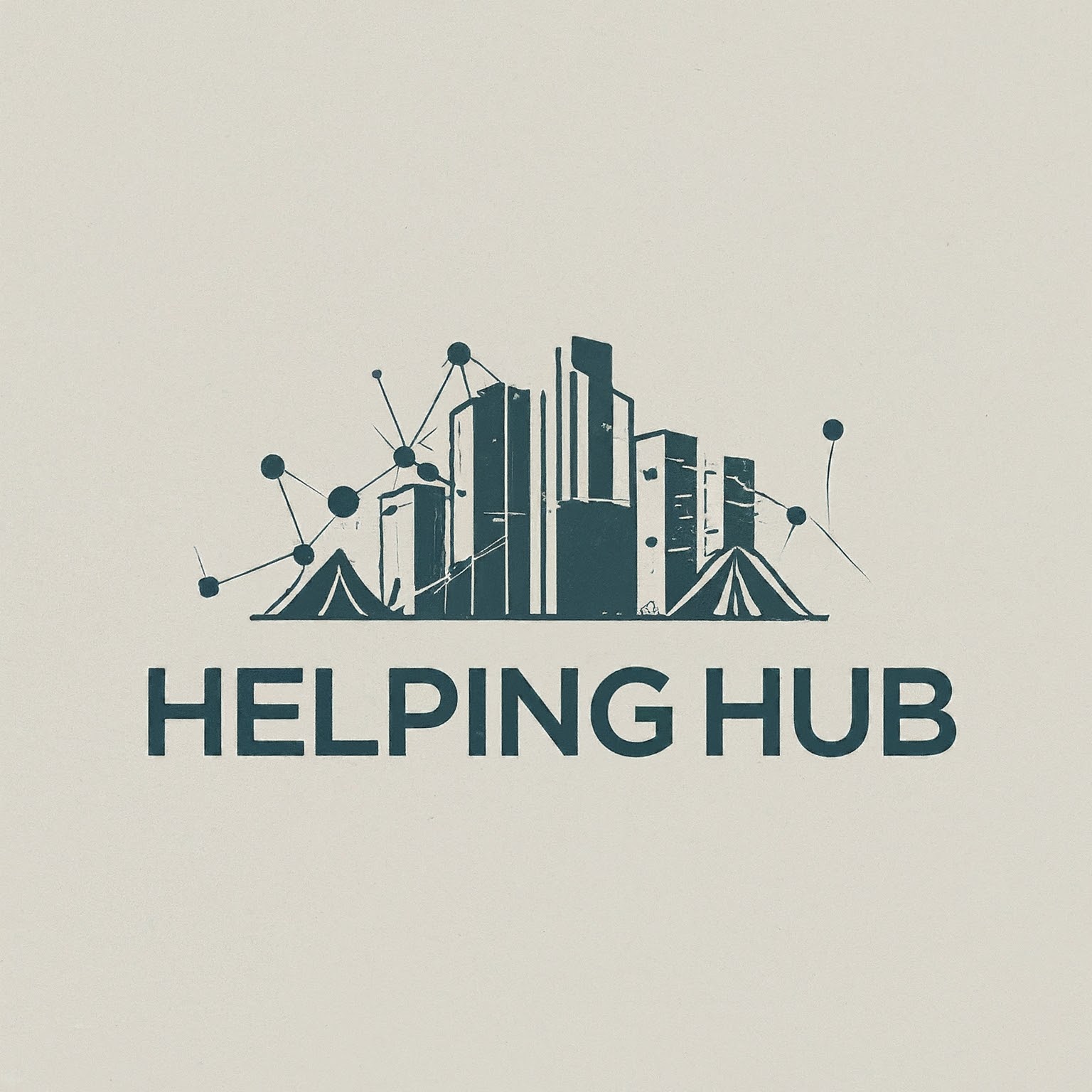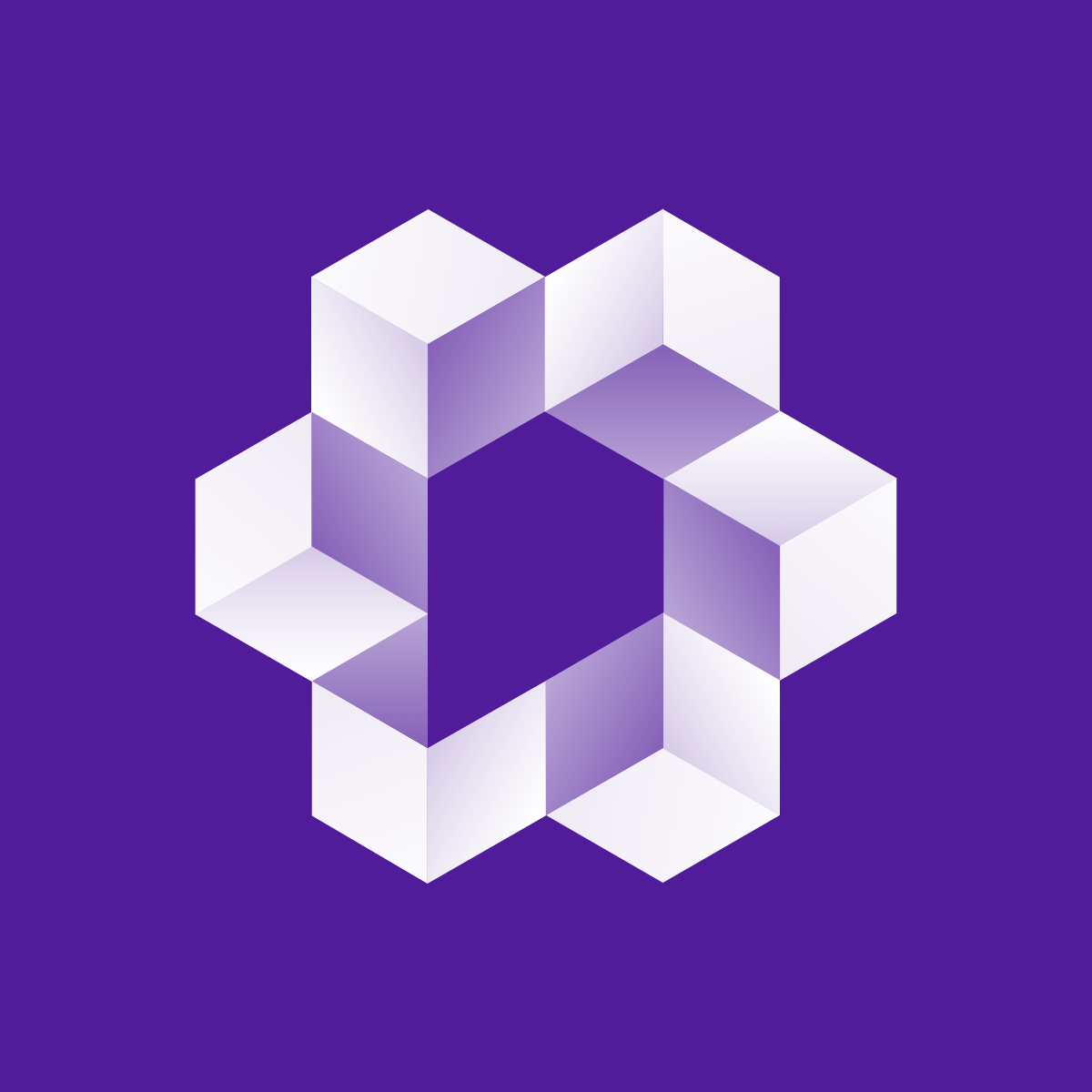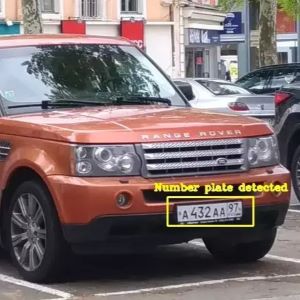Projects

Helping Hub
Helping Hub is an advanced software solution designed to provide comprehensive reports on homeless camps throughout the city. This platform leverages machine vision technology to identify homeless settlements, capturing and reporting critical data such as location, temperature, the number of tents or mobile homes, and images of the settlement. The application updates a dashboard with detailed information on each camp, including statuses like "Not Helped" and "Help In Progress." By utilizing dashcams to autonomously detect new and existing camps, this project aims to enhance reporting and enable more thorough assistance.
Repo Coming Soon!
PixCollect
PixCollect is a user-friendly and free image scraping software designed for effortless image collection. With PixCollect, you can gather images from popular sources such as Google, Unsplash, iStock, Pixabay, and more. The images can be saved in your file system in any common image format. Future enhancements may include a dedicated database of collected images for faster scraping and additional storage options like direct uploads to Google Drive and Kaggle.
View Source
Safe Chat
Safe Chat is a demo project to showcase my LLM skills. I iterated through nine models that can be found in the checkpoints folder. For each iteration I adjust hyper paramters of an LSTM model, but I settled on using a GRU due to it being more efficent. I am including a graph of the train and validation loss for each iteration in graphs. Additionaly, each models performance can be viewed in model_metrics.csv. Training was done using Google Colab and data was pulled from Kaggle. The final purpose of this project was to learn Gradio and Hugging Face where I am hosting a demo.
View Source View Demo
Plate Spotter
Plate Spotter is a license plate detection system which utilises the power of machine learning to identify a variety of different license plates from images, videos, and a live feed. The inspiration behind this project was to mimic the software used by my school for detecting which cars did not pay for parking. I wanted to dabble with machine vision and learn new tools such as OpenCV, Yolo, and Google Colab.
View Source